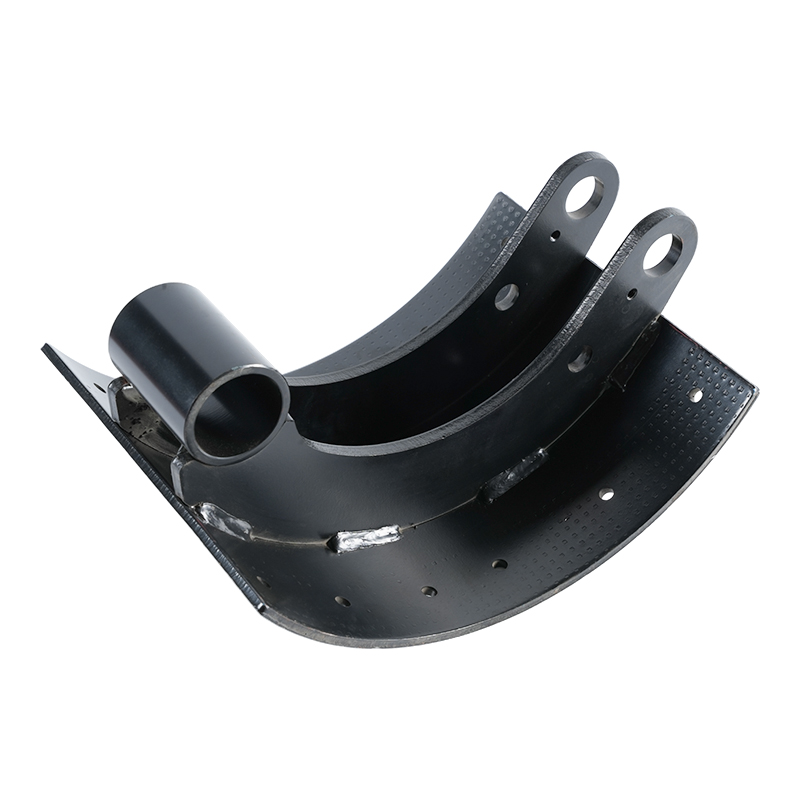How to choose and maintain heavy-duty brake shoes
 2024.12.11
2024.12.11
 Industry News
Industry News
Key factors in choosing heavy-duty brake shoes
Choice of friction materials
Choosing the right friction material is the key to ensuring efficient operation of the brake system. The friction materials of heavy-duty brake shoes are generally divided into metal-based, semi-metal-based and asbestos-free materials. Metal-based friction materials are usually suitable for high-temperature environments and can provide higher friction; while semi-metal-based friction materials can maintain better performance at lower temperatures and are suitable for long-term driving on highways. Asbestos-free materials are widely used in modern heavy-duty brake shoes due to their environmental performance.
Size and specifications of brake shoes
Heavy-duty vehicles of different models and brands have different requirements for the size and specifications of brake shoes. When choosing, you must ensure that the size of the brake shoe matches the brake drum. Brake shoes that are too large or too small will affect the performance of the brake system and may even cause brake failure.
Wear resistance and heat dissipation
Since the brake system of heavy vehicles needs to work in a high-load, high-temperature environment, the wear resistance and heat dissipation of brake shoes are crucial. High-quality brake shoes usually use materials with high wear resistance and good thermal conductivity to prevent overheating and brake failure.
Installation and adjustment of heavy-duty brake shoes
Proper installation and adjustment are essential for the performance of heavy-duty brake shoes. During installation, ensure that the contact surface between the brake shoe and the brake drum is uniform to avoid uneven friction or thermal decay. At the same time, the clearance of the brake shoe should be kept within the range specified by the manufacturer. Too large a clearance will lead to reduced braking efficiency, and too small a clearance may cause excessive wear of the brake system.

In addition, the installation of the brake shoe also needs to take into account the quality of the brake fluid and the overall condition of the brake system. Regularly check the various components of the brake system to ensure the effective operation of the brake shoe.
Maintenance and maintenance of heavy-duty brake shoes
Regular inspection
Regularly checking the wear of the brake shoe is an important measure to ensure the reliable operation of the brake system. The friction material of the brake shoe will gradually wear out with the increase of use time. Excessively worn brake shoes will lead to reduced braking efficiency and even brake failure. Therefore, the thickness of the brake shoe must be checked regularly and replaced in time.
Keep it clean
Keeping the brake shoe and brake drum clean is the key to extending the service life of the brake shoe. Dust, dirt and impurities generated when the brake system is working may affect the braking effect. Therefore, the brake shoe and brake drum should be cleaned regularly to ensure the normal operation of the brake system.
Avoid overheating
Overheating of the brakes can cause the friction performance of the brake shoes to decrease, and even cause damage to the brake system. To prevent overheating, you should try to avoid frequent braking for a long time and with high loads, especially on mountain roads or long downhills. If you find that the brake system is heating abnormally, you should check and solve the problem immediately.

 Eng
Eng  中文简体
中文简体









